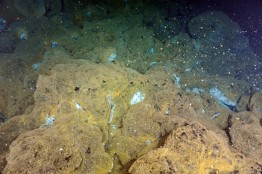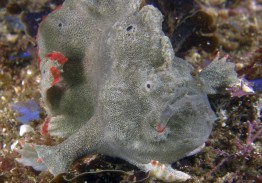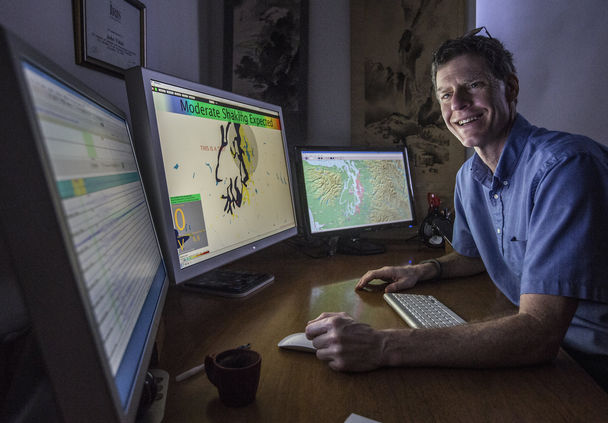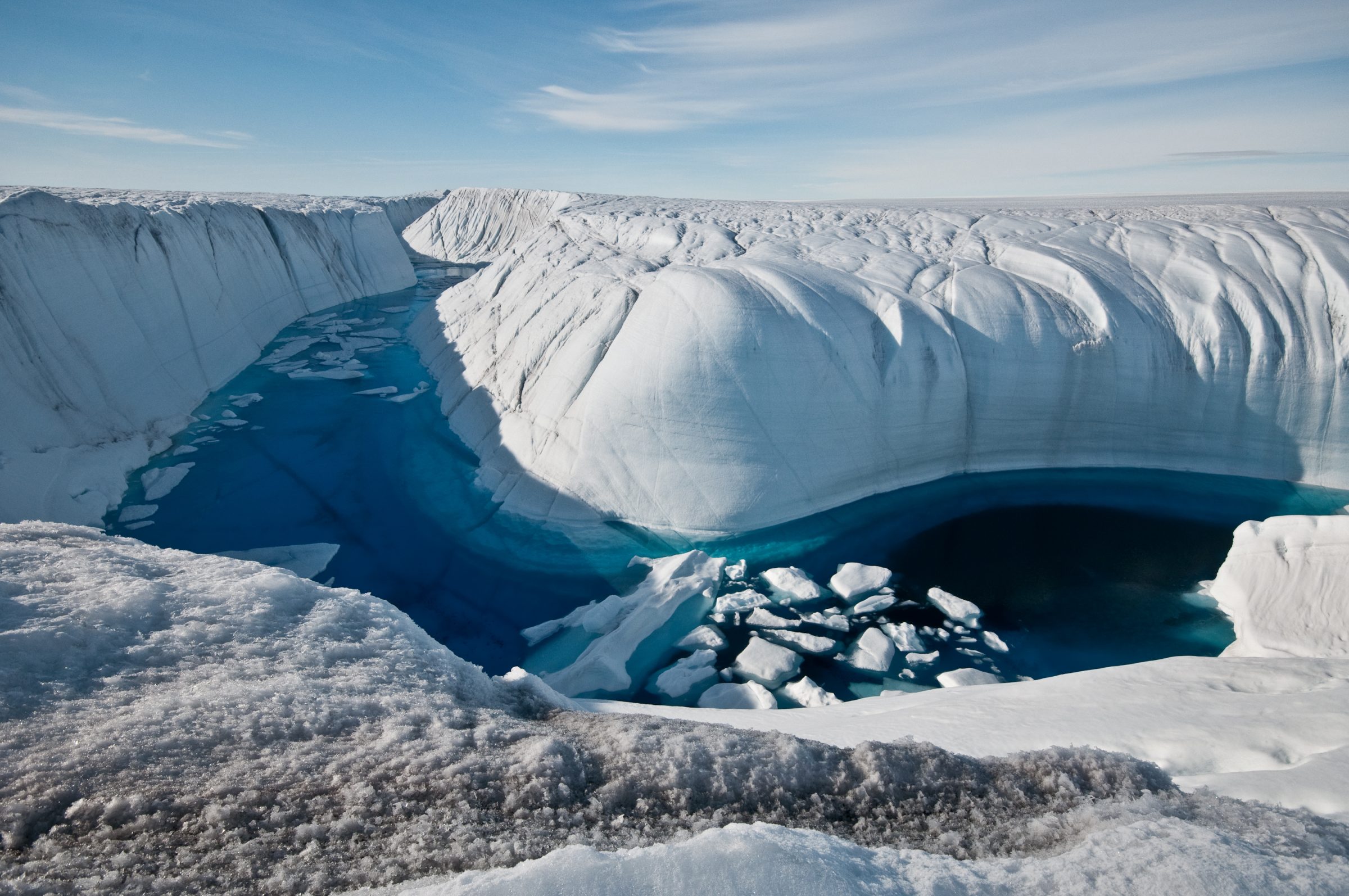This spring, seafloor seismometers connected to shore by a new Internet cable showed that the 3,600-foot-tall underwater Axial Volcano started shaking April 24, 2015 and shook continuously for several days. University of Washington oceanographers visited the deep-ocean volcano in late July and parts of the seafloor were still warm, giving the team a glimpse into the changes that happened around the the mile-deep volcano 300 miles off the Oregon coast.
Read more at UW Today »New fish genus and species named by College scientists for its red, fingerlike fins
After nearly 35 years, a color-changing fish known for its red “fingers” has a proper name. Scientists from the College of the Environment’s School of Aquatic & Fisheries Sciences announced the name of a new genus and species of frogfish, small, stocky creatures found in tropical and subtropical oceans. It was first seen and collected in Australia in 1980 by a University of Washington graduate student, but the sole specimen disappeared soon after, leaving researchers no option but to shelve the discovery.
Read more at UW Today »Earthquake early warning system funding awarded to UW, West Coast universities
A recent article published by The New Yorker has resulted in widespread talks and panic about the risk of a mega-earthquake off the Pacific Northwest coast. While the seismic hazard is real, the article’s tone may have been overly fatalistic and didn’t highlight earthquake preparedness tools that are now being developed. The U.S. Geological Survey announced today that $5 million will go to the University of Washington and three other institutions to help transition the ShakeAlert earthquake early warning system to a public-facing tool.
Read more at UW Today »College of the Environment researchers elected as AGU fellows
Two University of Washington scientists from the College of the Environment have been elected as follows of the American Geophysical Union. The Earth sciences group recognizes one in 1,000 members each year for their scientific work and sustained impact. The College’s honorees—Department of Atmospheric Sciences’ Christopher Bretherton and Department of Earth & Space Sciences’ Ian Joughin—are among 60 new fellows. Bretherton studies how clouds form and change over time and how to better represent this in climate and weather-forecasting models.
Read more at UW Today »Climate Impacts Group welcomes new deputy director
The Climate Impacts Group (CIG) welcomes Joe Casola as its new Deputy Director, effective July 22. He comes to CIG with experience that fits well within their scope, and will also help them grow into new arenas surrounding climate change. “We’re thrilled to have Joe serving as the new Deputy Director,” says Amy Snover, Director of CIG. “Joe has worked with public and private sector decision makers across the nation on climate adaptation, and also has a strong scientific foundation in atmospheric dynamics and Pacific Northwest climate.
Read more »




